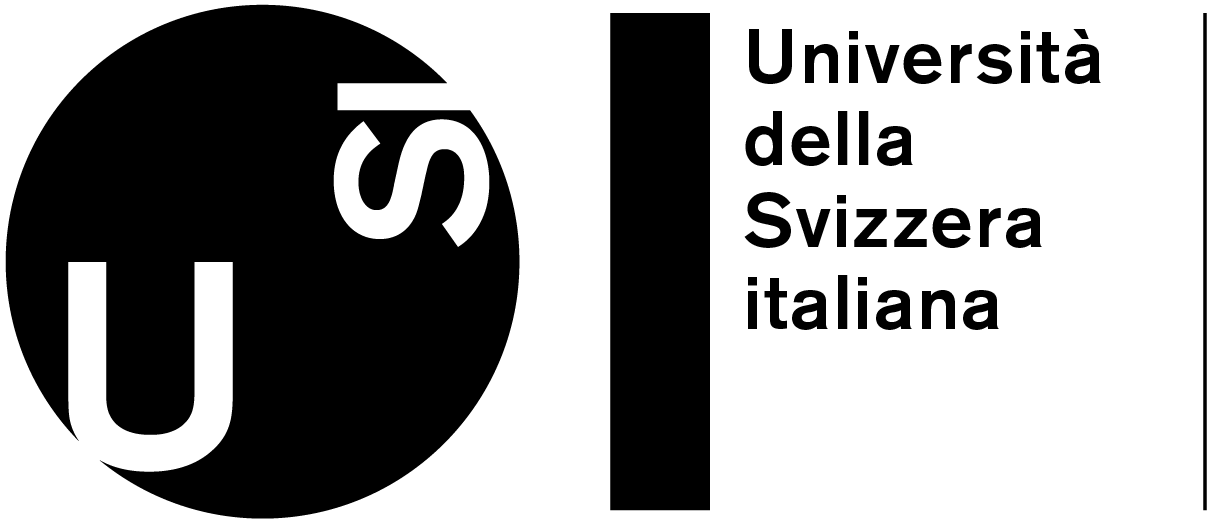Second Hand
The Atelier

Our academic experience shares a common working method with our studio: drawing by hand as a means of making mental progress in full view of other people. In this sense, school desks are similar to our studio tables, where drawing is a tool that allows doubt to enter, that makes visible the difficulties of moving forward; at the same time, this method enables progress, precisely because these difficulties are on view.
We like to consider the rooms of our office and the ones at school as equivalent spaces where to discuss the problems that appear with the projects, trying to move from the tables of the office to that ones of the classroom in continuity, as if it was about continuous reflections with different interlocutors. The themes of the exercises, therefore, are always linked to our own concerns about city and the built fabric.
The Atelier proposes to work in urban contexts in transformation, observing and identifying the valuable social and physical qualities embedded in the area, with the intention of discovering the physical and emotional reality contained in existing buildings and to test their ability to adapt to new conditions of occupation.

